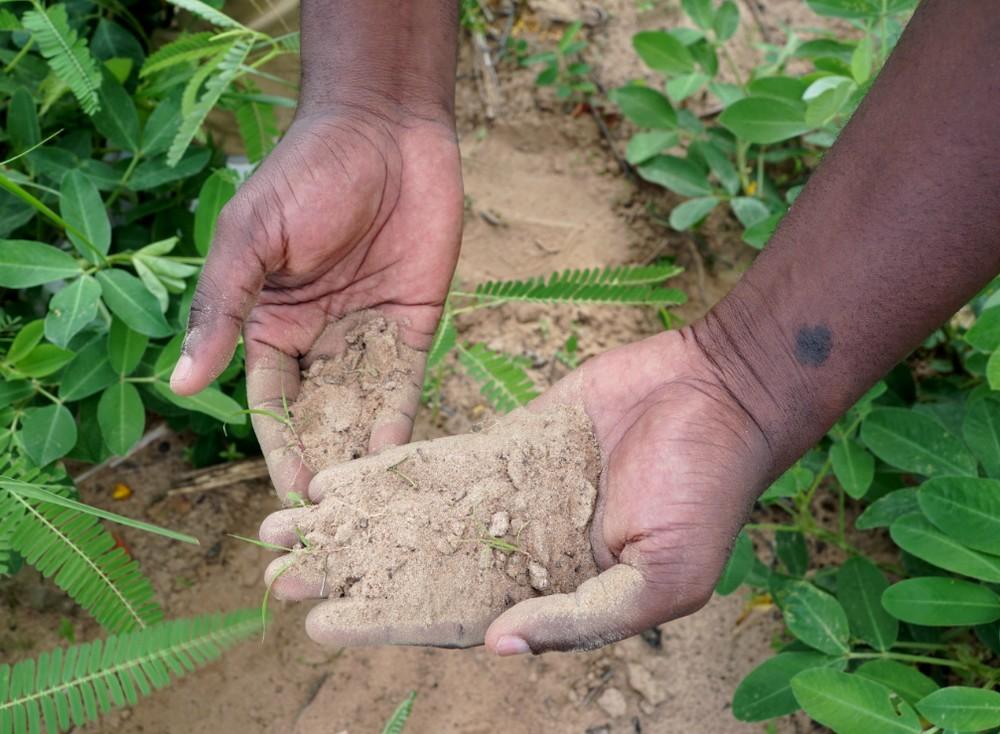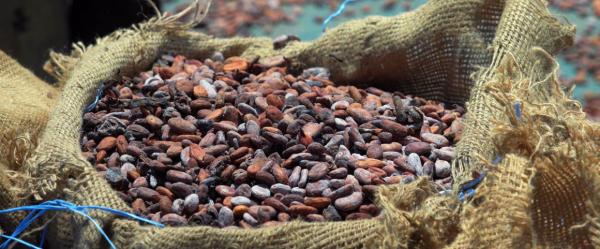Expert view 30 September 2025
- Home
- CIRAD news
- News
- Julien Demenois, IPCC report on climate change and land
Julien Demenois "The IPCC report on climate change and land tallies with CIRAD's position"

The IPCC has just released a special report devoted to land use, which is a first. What do you think about it?
Julien Demenois: The report is indeed the first of its kind. We are obviously delighted that the work done has pinpointed the vital, close links between agriculture, climate change and food security. CIRAD has been addressing these issues for years, but the fact that the IPCC is now echoing our concerns could ensure greater awareness on the part of decision makers. Another source of satisfaction is that the report largely tallies with our work and conclusions, which proves that our research fits perfectly with current issues.
What is the IPCC's main conclusion?
J.D.: The report says that even the target set in the Paris Agreement (limiting global warming to 2 °C**) represents a significant risk for global food security. The experts involved also stress that it will be impossible to meet the target without transforming our farming and food systems. Forecasts between 2010 and 2050 show that without new technologies and other mitigation measures, GHG emissions from the agricultural sector will increase by between 80 and 92%.
This need to change how we produce echoes the conclusions reached by several studies involving CIRAD, some of which are nearly a decade old. For instance the recent World Resources Institute report, Creating a Sustainable Food Future, produced in partnership with CIRAD, the call from the prestigious Milano Group for changes in food systems to achieve the UN Sustainable Development Goals, and the Agrimonde and Agrimonde Terra foresight studies.
The foresight work initiated by the Agrimonde study between 2006 and 2010 was a precursor in this area, wasn't it?
J.D.: Yes, it was probably the first to offer a look back at the evolution of the world's agriculture and food supplies, from land use to diets, through land productivity and the trade in food calories. One of the proposed scenarios, "Agrimonde 1", was already based on agroecology and agroforestry on the production side, and on reducing animal product consumption and wastage on the consumption side.
The report suggests several ways of mitigating the effects of climate change and adapting to it. What are they?
J.D.: The report stresses - and I second this - that there is no silver bullet. We have to act on all fronts. This means involving all sectors and every stakeholder, to create global momentum.
Having said that, the experts looked at several solutions linked to land use and agricultural and food-based activities, in the light of several criteria: mitigation, adaptation, food security, desertification and land degradation. This was an appropriate approach to take, since there are no solutions for which all the signals are on green. However, some do strike a good compromise, such as increasing organic matter levels in soils (4 per 1000 initiative), agroforestry or reforestation. These conclusions are further proof of the relevance of the research CIRAD and its partners are doing.
Let's hope that policymakers and economic decision makers seize on the report and take action. As scientists, we should also be helping them to do so. To this end, CIRAD is actively involved in the Koronivia process, providing COP climate talks negotiators with arguments backed by scientific evidence.
Does the report make any allowance for the specific vulnerability of tropical farming systems?
J.D.: It highlights the rate of population growth and the high impact of climate change in arid and semi-arid zones, particularly in the Sahel. The experts warn against the dangers of a combination of those two factors, which could wipe out any capacity those already vulnerable population groups may have had to adapt to climate change. Yet again, the IPCC has reached the same conclusions as CIRAD and its partners. In effect, the risks of warming are higher in the countries of the global South (despite the fact that they emit less GHG), where an increase of 2 °C, the global average targeted by the Paris Agreement, will have much more impact than in temperate zones.
* The agricultural sector is both a victim of and a culprit in climate change. It generates a quarter of all manmade GHG emissions, and a third allowing for emissions linked to food losses and waste.
** Between now and 2100, compared to the pre-industrial age.




























